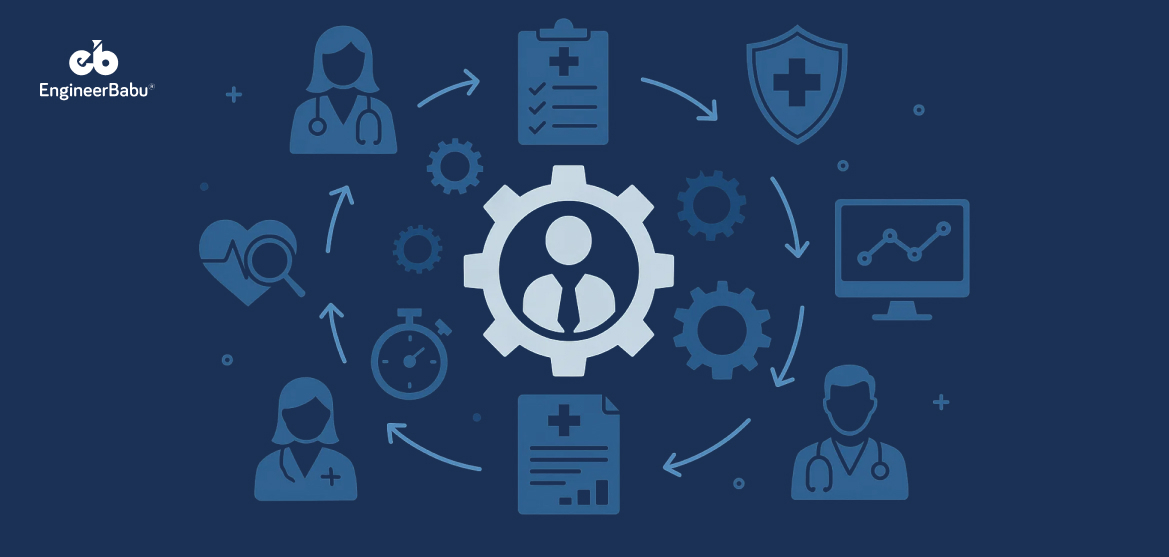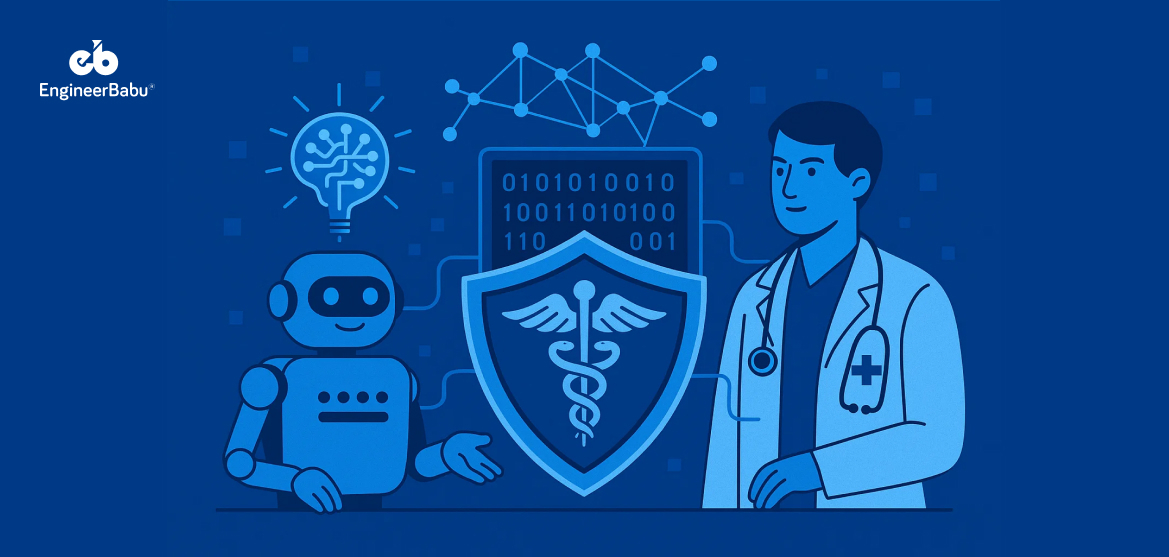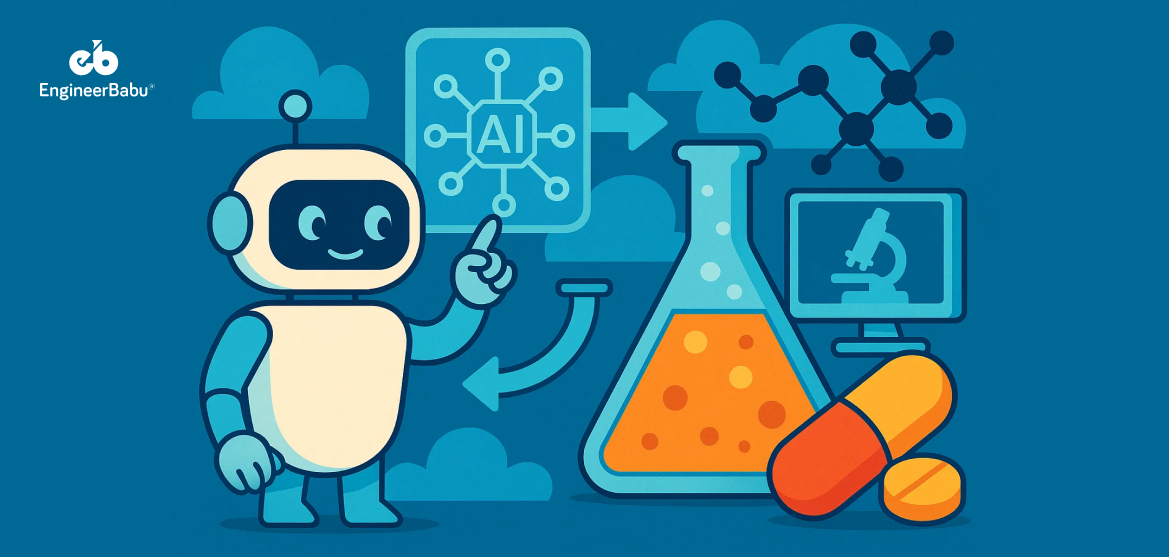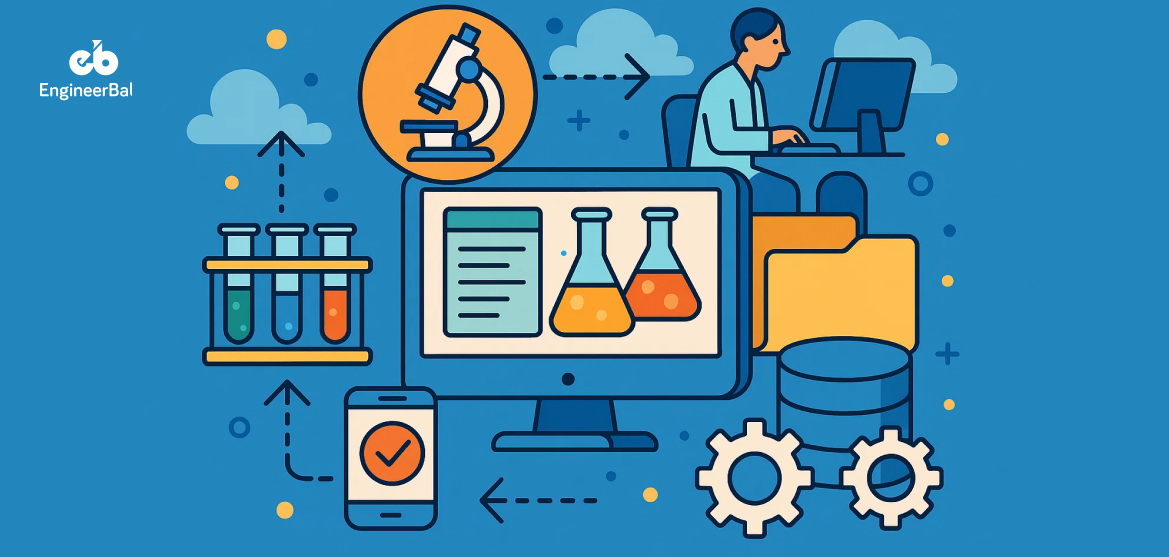If you’ve ever waited hours for a discharge summary or watched a claim bounce back due to a small clerical error, you’ve seen the cracks in healthcare workflows firsthand.
Hospitals and clinics deal with thousands of moving parts—patient admissions, lab orders, insurance approvals, inventory requests—all happening across disconnected systems and departments. This fragmentation leads to delays, compliance risks, and unnecessary costs.
That’s where Business Process Management (BPM) comes in.
BPM gives healthcare providers a structured way to map, automate, and optimize critical workflows. Whether it’s reducing paperwork during patient intake or routing lab results more efficiently, BPM tools help teams work smarter, not harder.
In this article, we’ll break down seven practical ways BPM is improving healthcare operations, with a focus on real use cases that reduce errors, improve patient throughput, and strengthen compliance.
7 Ways BPM In Healthcare is Streamlining Operations
Automating Patient Admission and Discharge
Admission and discharge are two of the most paperwork-heavy processes in any hospital. Without clear workflows, they create bottlenecks that affect everything from bed availability to patient satisfaction scores.
With BPM, hospitals can build rule-based workflows that automatically assign tasks across departments. For example, once a physician submits a discharge order, the system can automatically notify pharmacy, housekeeping, billing, and transportation—in the right order and with clear accountability.
This reduces discharge delays, frees up beds faster, and eliminates the need for repeated manual follow-ups.
Streamlining Claims and Billing Processes
Insurance denials cost U.S. healthcare providers over $262 billion a year. A major reason? Inconsistent billing workflows and human error.
BPM allows providers to standardize and automate claims workflows, from eligibility checks and charge capture to coding validation and submission. For instance, once a treatment is documented, BPM can automatically verify payer-specific coding rules and trigger QA review, before the claim is submitted.
This reduces resubmissions, shortens the revenue cycle, and improves cash flow without adding billing headcount.
Coordinating Tasks Across Departments
In most hospitals, the lab, radiology, pharmacy, and clinical teams work in silos. That slows down care and creates room for miscommunication.
BPM platforms centralize workflows so each step—whether it’s ordering a test, approving a prescription, or escalating a result—is part of an interconnected, trackable process. A lab result can automatically trigger alerts to the attending physician, pharmacy, and care team if urgent action is required.
This level of coordination ensures that nothing slips through the cracks, especially during critical care situations.
Strengthening Compliance and Audit Readiness
Manual processes often lack the documentation needed for regulatory audits. Missing signatures, outdated forms, and skipped steps can lead to costly penalties or failed inspections.
With BPM, every step in a process is time-stamped, logged, and version-controlled. Whether you’re tracking HIPAA-mandated access control workflows or OSHA safety procedures, BPM ensures that each action follows a defined protocol—and that there’s a full digital audit trail ready when needed.
It also helps identify compliance gaps early, before they become liabilities.
Accelerating Staff Onboarding and Credentialing
Healthcare organizations often struggle to onboard new hires quickly—especially nurses, traveling clinicians, or per diem staff. Credential verification, background checks, and training often require manual coordination across HR, compliance, and clinical departments.
BPM automates this end-to-end process. The system can generate personalized onboarding checklists, send automatic reminders for license uploads, and block staff from being scheduled until they’re fully cleared.
This shortens time-to-productivity, ensures regulatory compliance, and makes onboarding more consistent.
Improving Inventory and Supply Chain Management
Stockouts of critical supplies—like gloves, IV kits, or surgical tools—can stall procedures and put patients at risk. Over-ordering leads to waste and storage issues.
BPM connects procurement, inventory management, and department requests into a single, rules-based workflow. If inventory drops below a set threshold, a reordering process is triggered automatically, routed for approvals, and sent to suppliers—all without waiting for a human to spot the gap.
This creates a more responsive, cost-efficient supply chain across the facility.
Driving Continuous Improvement with Process Analytics
Most healthcare leaders don’t have real-time visibility into workflow performance. That makes it hard to spot inefficiencies or justify change.
BPM platforms offer built-in analytics and dashboards that show where delays are happening, how long each step takes, and where tasks get stuck. For example, if discharge processes consistently slow down at pharmacy verification, the system will surface that trend automatically.
This empowers operations teams to make targeted, data-backed improvements instead of relying on anecdotal feedback.
Conclusion
In healthcare, small process delays don’t just affect efficiency, they impact lives. Whether it’s a delayed discharge, a missed lab alert, or a bottleneck in onboarding, fragmented workflows create real risks.
Business Process Management (BPM) gives hospitals and clinics the tools to build smarter, connected, and measurable processes. From claims automation to interdepartmental coordination and real-time process analytics, BPM brings visibility, consistency, and speed to every corner of healthcare operations.
Organizations that adopt BPM aren’t just saving time—they’re reducing errors, improving care delivery, and strengthening compliance, all while easing the burden on overworked teams.
FAQs
What is Business Process Management (BPM) in healthcare?
BPM in healthcare refers to the use of software and process frameworks to map, automate, and optimize operational workflows—such as patient admissions, billing, staff onboarding, and compliance tracking.
How is BPM different from workflow automation tools?
Workflow automation handles individual tasks. BPM is more comprehensive—it manages end-to-end processes, assigns accountability, enforces rules, and provides analytics for continuous improvement.
Can BPM be integrated with EHR or HIS platforms?
Yes. Modern BPM platforms can integrate with systems like Epic, Cerner, Meditech, or custom HIS platforms to trigger actions based on clinical events and synchronize task status in real-time.
What are the compliance benefits of using BPM in hospitals?
BPM ensures that all steps in a regulated process—such as credentialing or safety protocols—are digitally logged, time-stamped, and enforced, which simplifies HIPAA, JCAHO, and OSHA compliance.
How do hospitals get started with BPM?
Start by identifying high-impact areas with workflow gaps (e.g., discharge delays, billing errors). Then pilot a BPM solution in that area, measure results, and scale across departments. Look for platforms with healthcare-specific templates and integration capabilities.




